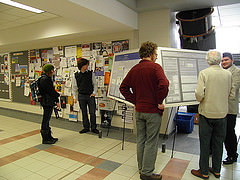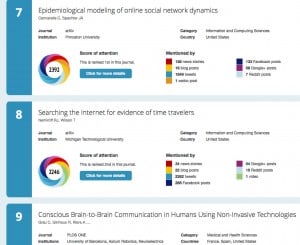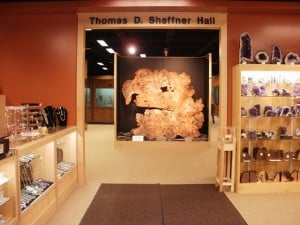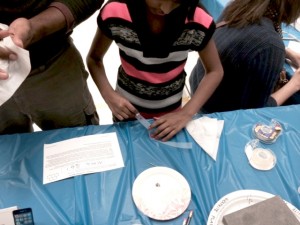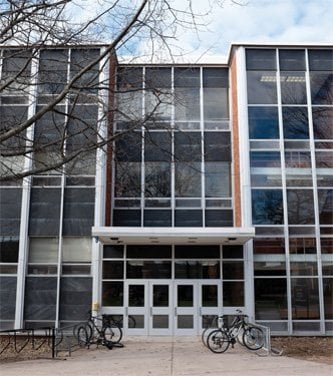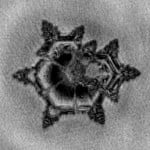 Lake Superior in my driveway: lake effect snow in the Keweenaw
Lake Superior in my driveway: lake effect snow in the Keweenaw
Raymond Shaw
Carnegie Museum Seminar
Tuesday, January 13, 2015
6:30 pm Refreshments and introductions
7-8 pm Seminar and discussion
Carnegie Museum Community Room, Downtown Houghton
Carnegie Community Natural History Discussion Jan. 13
Professor Raymond Shaw (Physics) will lead a discussion on lake effect snow titled “Lake Superior in My Driveway: Lake Effect Snow in the Keweenaw?” on Tuesday, Jan. 13, at the Carnegie Museum in Houghton.
This discussion is part of a monthly series on the geoheritage and natural history of the Keweenaw. The discussions are aimed at the general public, but discuss current research and science.
The museum will open at 6:30 p.m. for refreshments, with the lecture and discussion beginning at 7 p.m. This event is free and open to the public. For questions, contact the Carnegie Museum at 482-7140.
Lecture: Lake Superior in my driveway: lake effect snow in the Keweenaw?
Professor Shaw explains his discussion: “Whether you enjoy skiing, snow shoeing, or sledding, and in fact even if you simply endure the snow shoveling, lake effect snow is part of daily life in the Keweenaw for almost half of the year. Our peninsular home is surrounded by Lake Superior, which when conditions are right, becomes a giant snow-making machine.”

